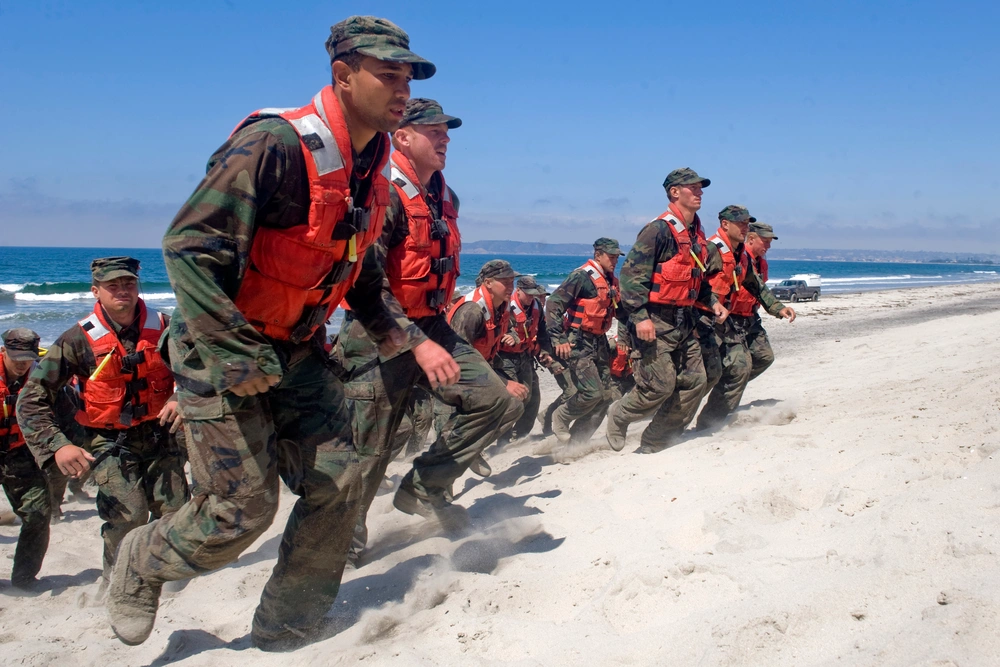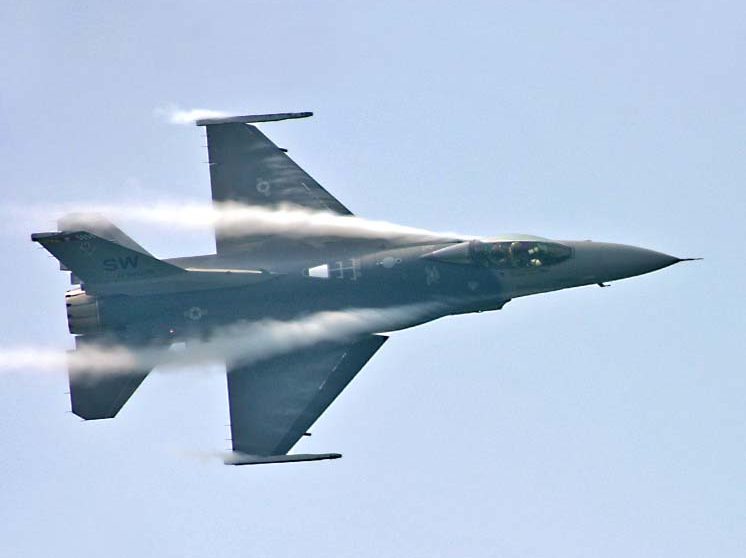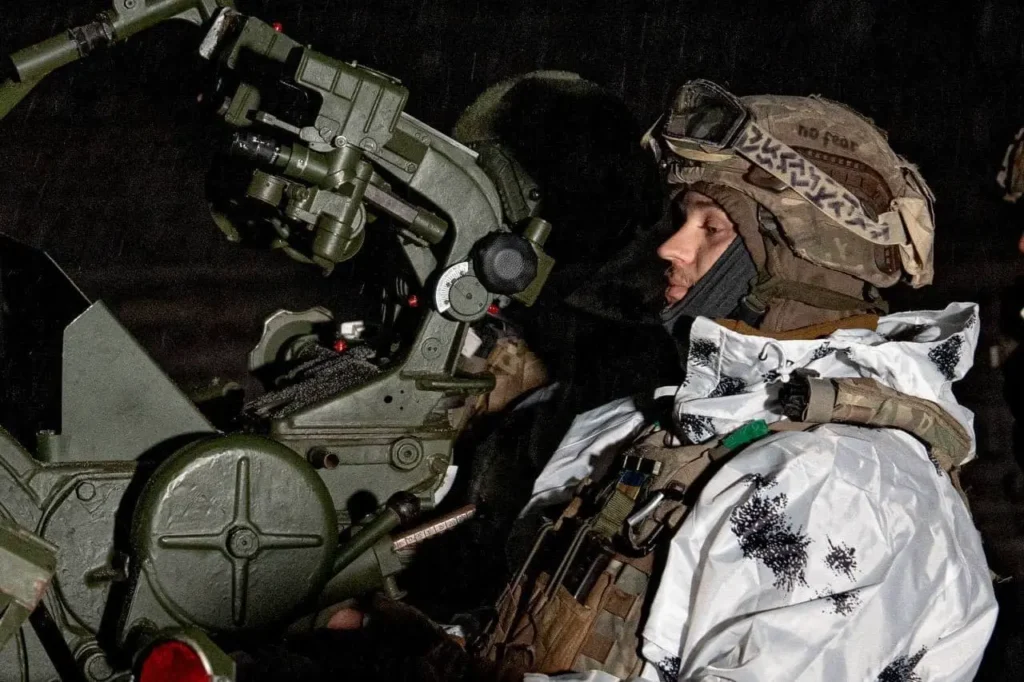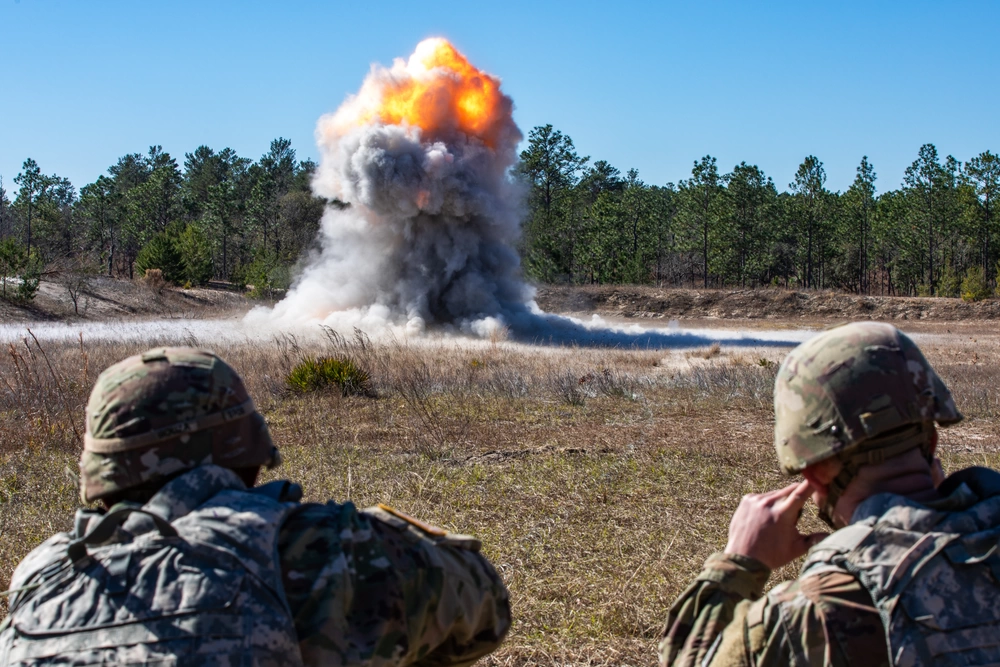Sri Lankan officer becomes latest foreign student to make it through BUD/S
- By Frumentarius
Share This Article

This past week, the first Sri Lankan national successfully completed Basic Underwater Demolition/SEAL (BUD/S) training, with class 371. While Lieutenant Koyan Chamitha made history for his country, he is not the first foreign student to have completed the rigorous Navy SEAL training. In fact, the legacy of foreign exchange personnel attempting to make it through BUD/S goes back at least to the 1970s, if not earlier.
BUD/S class 59, which started in the summer of 1970, reportedly had two Thai candidates who made it through the training, while my own, class 227, (back in 1999-2000) had an Egyptian officer who did not successfully complete it. There are plenty of other anecdotal examples online of various BUD/S classes with foreign exchange students participating, though it is hard to find official accounts or data on success rates; presumably the U.S. Navy keeps such data close hold.
BUD/S training for admission to the SEAL Teams is technically only open to U.S. citizens in the U.S. armed forces, though not historically limited to only U.S. Navy personnel, as one might think. From my own experience, I know that candidates have attended BUD/S from the Marine Corps, the Air Force, and even from the Coast Guard. Foreign students who have attended do not do so with the goal of serving in the U.S. Navy’s SEAL Teams, but rather, they attend as part of an official personnel exchange program (PEP) between the U.S. military and various allied services. These students finish the training (or don’t) and then return to their home countries to spread their experiences and knowledge to the other personnel within their own militaries.
Countries who have sent students through BUD/S in the past include Singapore, South Korea, Thailand, Morocco, Kenya, and many others.
Related: Why do officers have a higher success rate than enlisted men at becoming Navy SEALs?

Those selected to attend BUD/S from allied partner nations are generally already considered elite within their own militaries, and one imagines the selection process for them to be chosen to attend BUD/S is rigorous. After all, those allied countries do not want to be seen as sending “weak” candidates through BUD/S, as failure can be seen as an embarrassment for the whole country. Regardless of that pressure, BUD/S is still BUD/S, and many exchange students do not pass the course (just as many Americans do not).
These exchange programs are also not a one-way street for the countries sending students to BUD/S. The U.S. Navy also sends its personnel to foreign militaries to do PEP tours. U.S. Navy SEALs have served alongside French, British, German, and other NATO allied special operations forces (SOF) personnel throughout the history of the SEAL Teams. A SEAL relative of this author spent time with French special operations forces some two decades ago, and within the SOF community, former SEAL Stephen “Steph” Bass is well-known for his actions with the British Special Boat Service (SBS) in Afghanistan immediately after 9/11/2011, at Qala-i-Jangi prison.
As detailed in the outstanding book First Casualty, by Toby Harnden, Chief Bass was serving a PEP tour with the SBS when 9/11 occurred, and saw what should have been his “laid back” PEP tour become a combat tour. He deployed with the SBS in the weeks right after the September 11 terrorist attacks. His actions in Afghanistan in November 2001 would earn Bass not only the Navy Cross from the U.S. Navy, but the British Military Cross from the Queen of England.
Hoo ya! to Sri Lankan LT Chamitha on his accomplishment, and hopefully the U.S. Navy will continue such exchanges into the future. The benefits go both ways in terms of cementing alliances, providing experiences and training, and keeping America’s special operations forces at the tip of the spear.
Feature Image: CORONADO, Calif. (Feb. 21, 2020) A member of SEAL Qualification Training Class 335 salutes during the playing of the national anthem as part of a graduation ceremony at Naval Special Warfare (NSW) Center in Coronado, Calif., Feb. 21. The class later received their special warfare (SEAL) devices, or “tridents,” which symbolize the Navy SEALS and embodies their dedication to country, uncompromising integrity and character.
Read more from Sandboxx News
- Army seeks information about miniature aircraft that can take out drones
- Air Force wants to buy thousands of low-cost cruise missiles in 2026
- The profound influence of Judo in the American military
- Undergoing Delta Force assessment at Camp Dawson, West Virginia
- Air Force wants to replace the world’s strongest bunker buster… with an even stronger one
Related Posts
Sandboxx News Merch
-

‘Sandboxx News’ Dad Hat
$27.00 Select options This product has multiple variants. The options may be chosen on the product page -

‘AirPower’ Golf Rope Hat
$31.00 Select options This product has multiple variants. The options may be chosen on the product page -

A-10 ‘Thunderbolt Power’ Poster
$22.00 – $28.00Price range: $22.00 through $28.00 Select options This product has multiple variants. The options may be chosen on the product page
Frumentarius
Frumentarius is a former Navy SEAL, former CIA officer, and currently a battalion chief in a career fire department in the Midwest.
Related to: Special Operations

Approaching Mach 2 in an F-16: ‘The jet started to shake’

What could ‘security guarantees’ for Ukraine look like?

Ukraine’s electronic warfare fight against Russian drones is so chaotic that its own are getting caught in the crossfire

Explosive mishaps in Delta Force: Learning from mistakes
Sandboxx News
-

‘Sandboxx News’ Trucker Cap
$27.00 Select options This product has multiple variants. The options may be chosen on the product page -

‘AirPower’ Classic Hoodie
$46.00 – $48.00Price range: $46.00 through $48.00 Select options This product has multiple variants. The options may be chosen on the product page -

‘AirPower’ Golf Rope Hat
$31.00 Select options This product has multiple variants. The options may be chosen on the product page -

‘Sandboxx News’ Dad Hat
$27.00 Select options This product has multiple variants. The options may be chosen on the product page
